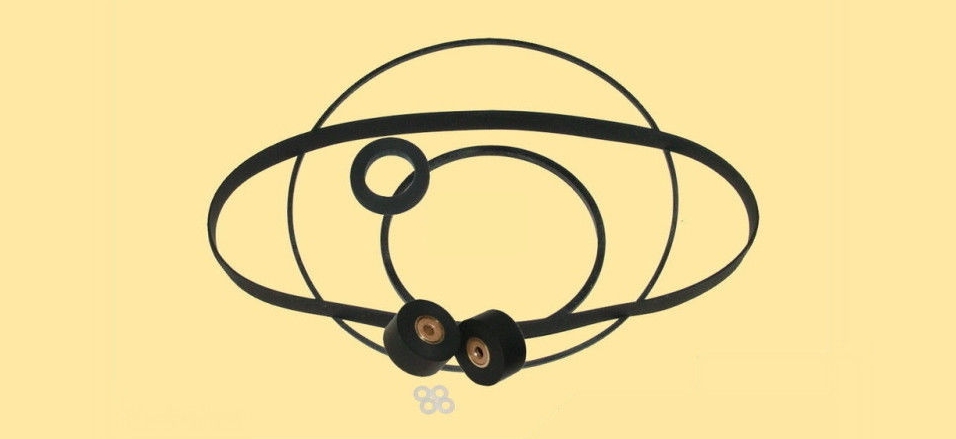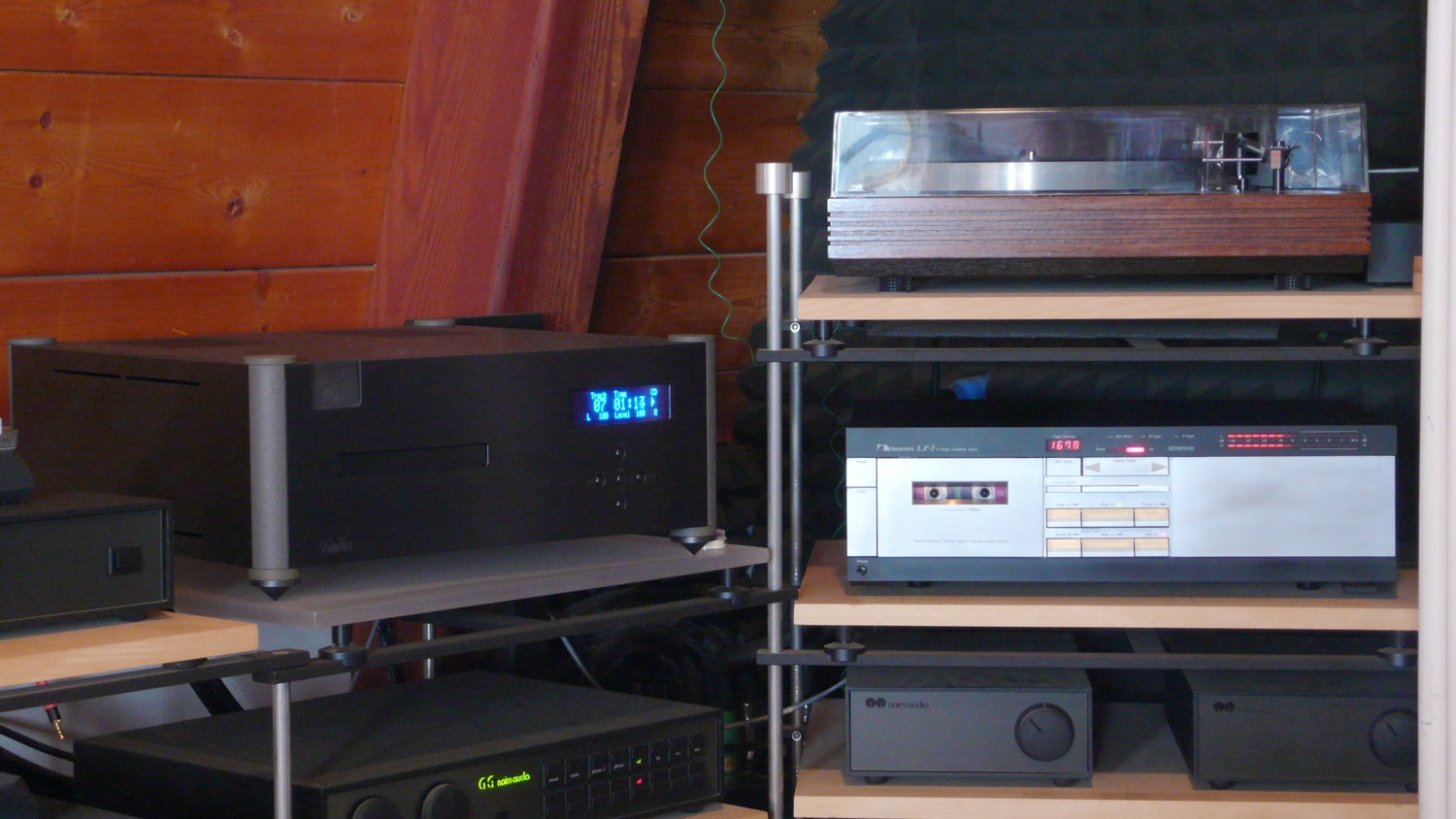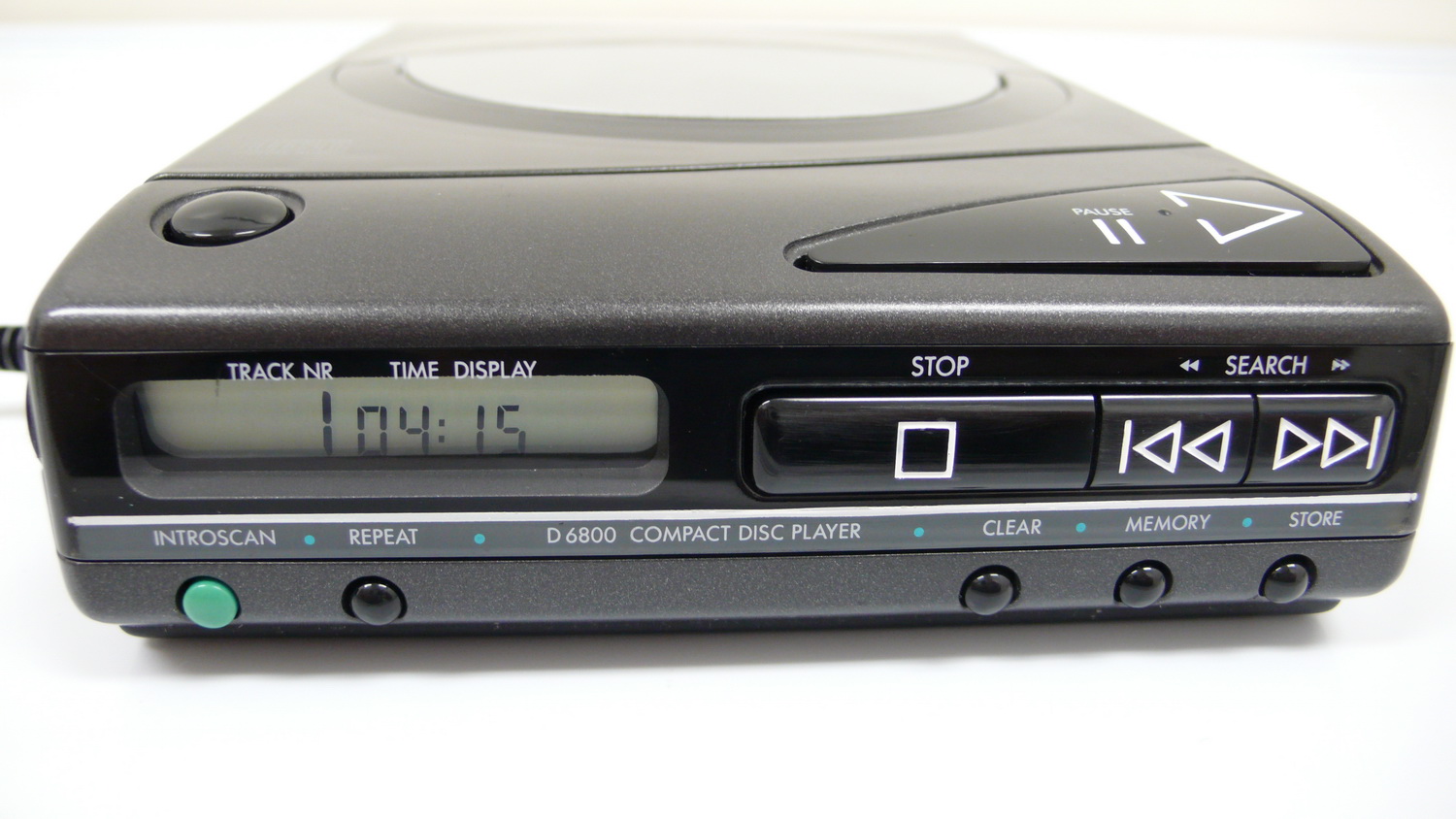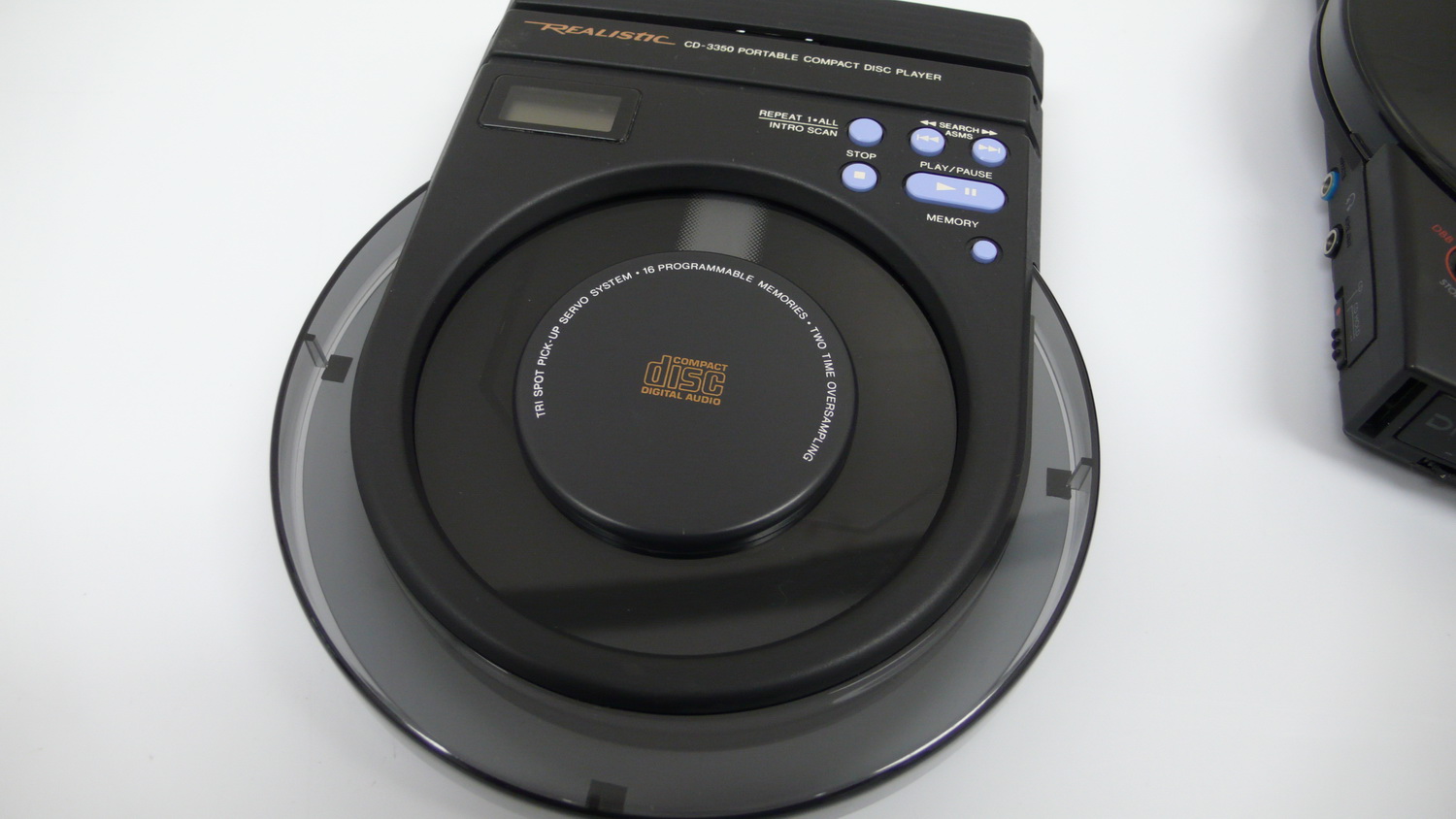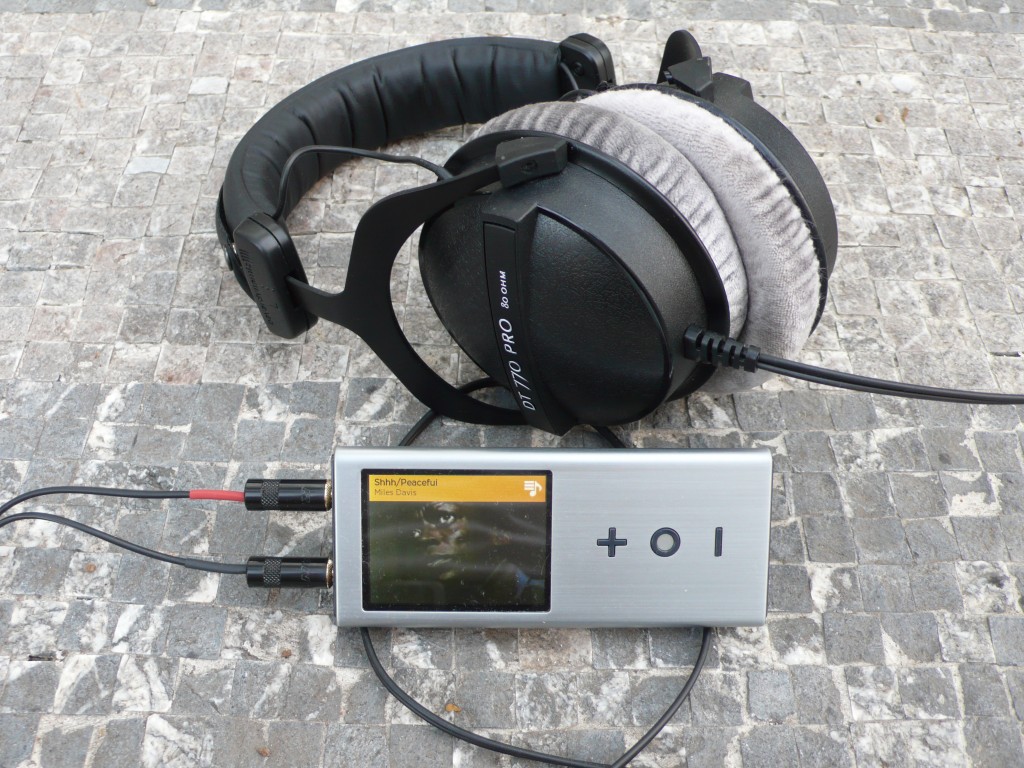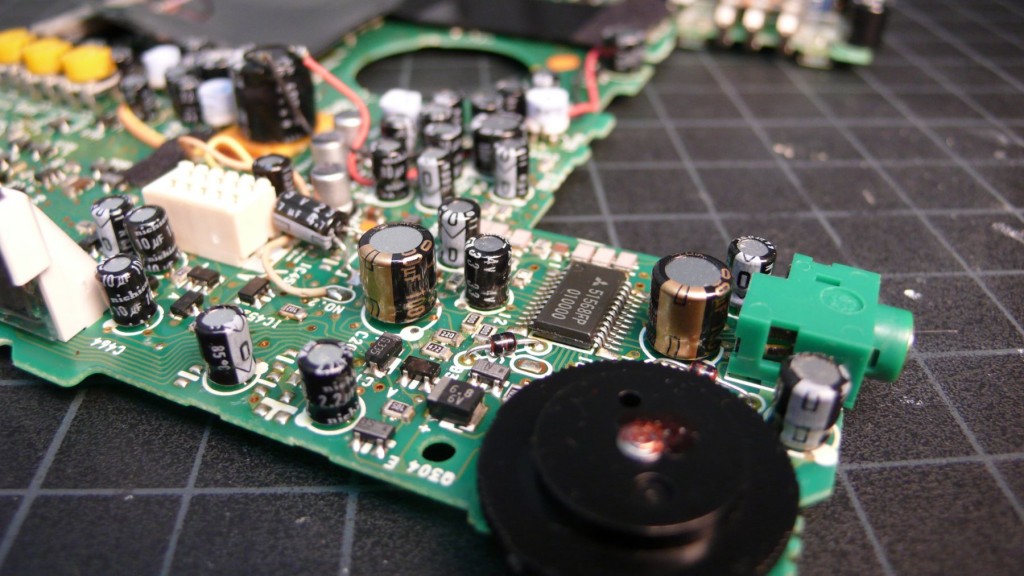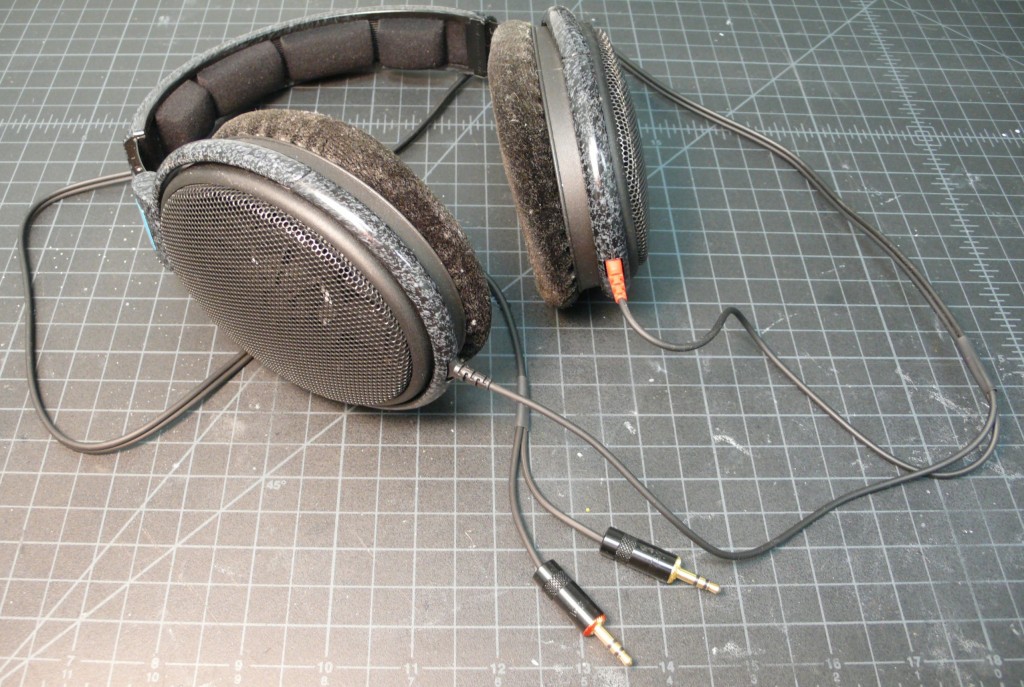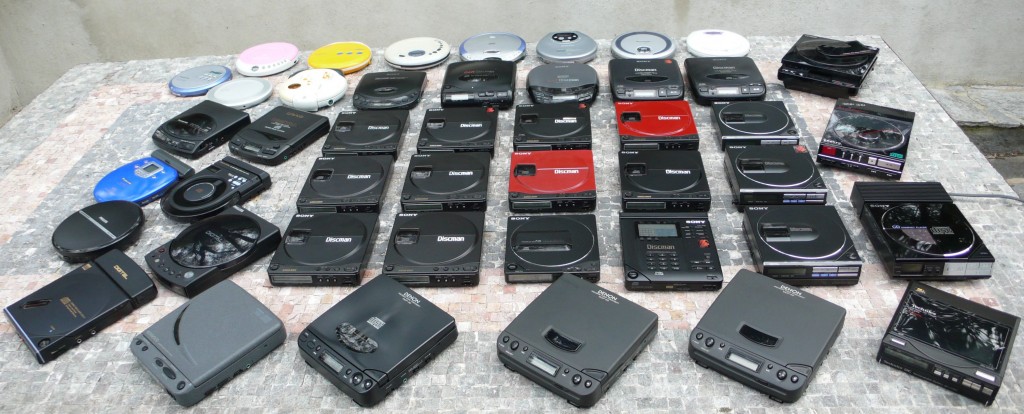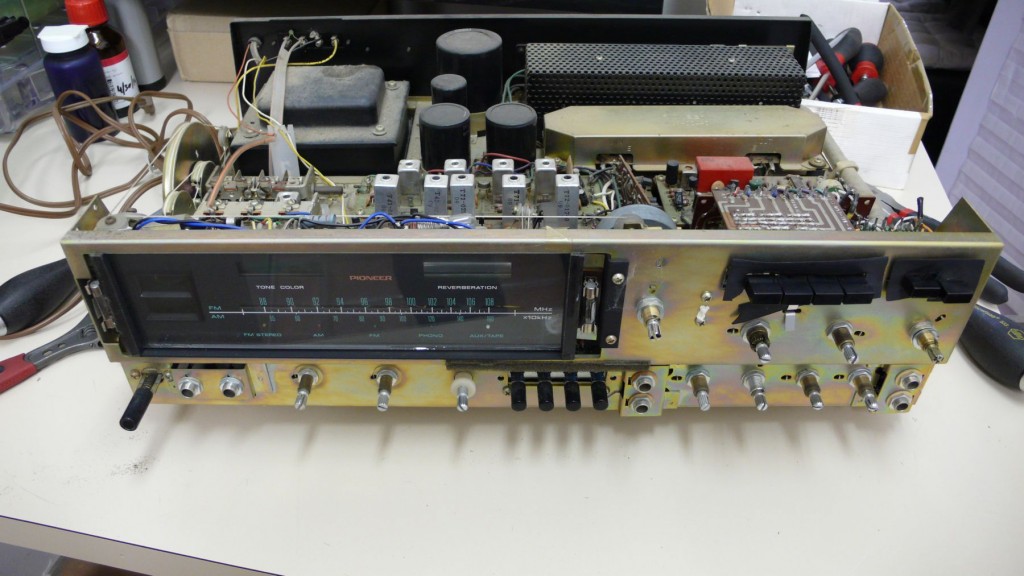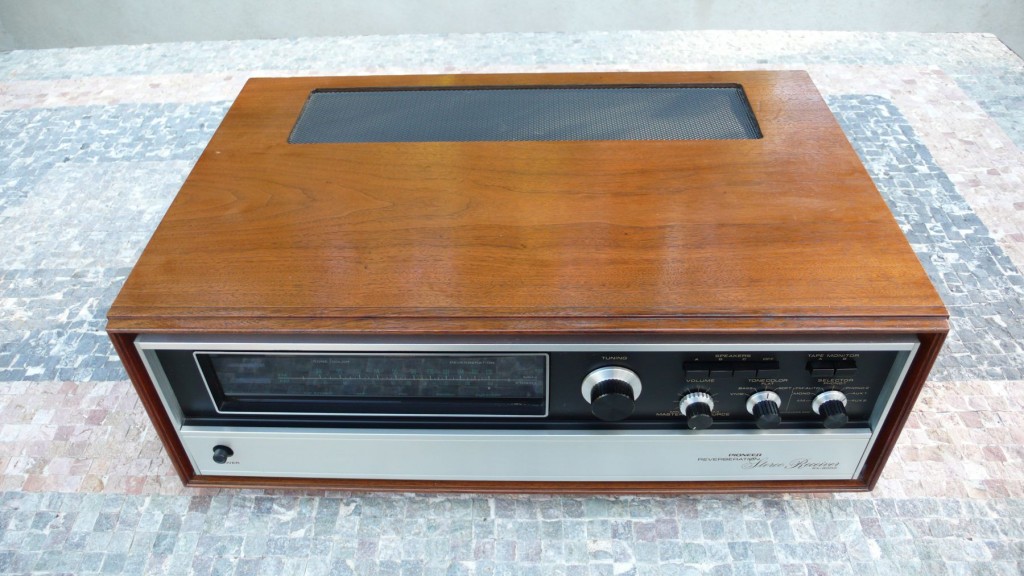Sony D-90 is a very special Discman. In 1990 this model was selected for an “upgrade” with 1-bit DAC, Discman D-99 was born. Once cheap 1-bit DACs found their way into CD players, it was a matter of months before the race for the “most affordable” player began. We all know how it ended. Opening the way to the slippery slope of ultra-affordable digital, D-90 symbolizes the end of “Classic” Discmans and the end of quality sound reproduction in portable devices. Audiophiles of the 80-ies thought that CD introduction was the beginning of the Dark Ages of home audio. They were right, it was just the beginning, then came MP3, free downloads and “most folks cannot hear the difference” brainwash.
Another unique characteristic of D-90 is its short life-span. With some luck there is still a chance to get D-50, the very first Discman, in perfect working condition. But ALL original D-90 are dead by now. 100% of surface-mount electrolytic capacitors failed at some point between 1990 and 2015. Bad batch of SMD electrolytics? Probably…
One weird technicality not found in any other Discman is that Right channel has 4.7uF/16V “thru hole” electrolytic capacitor in the signal path, but Left channel has 4.7uF/35V surface-mount cap. This SMD cap (C220 on schematics) fails first. When restoring D-90, I always substitute failed C220 for “thru hole” 4.7uF/16V Rubycon electrolytic. I do not care if I can hear the difference or not, both L and R channels must pass through the same parts.
Below is a step-by-step Resurrection procedure for D-90. This is the first thing you see once you remove the bottom plate: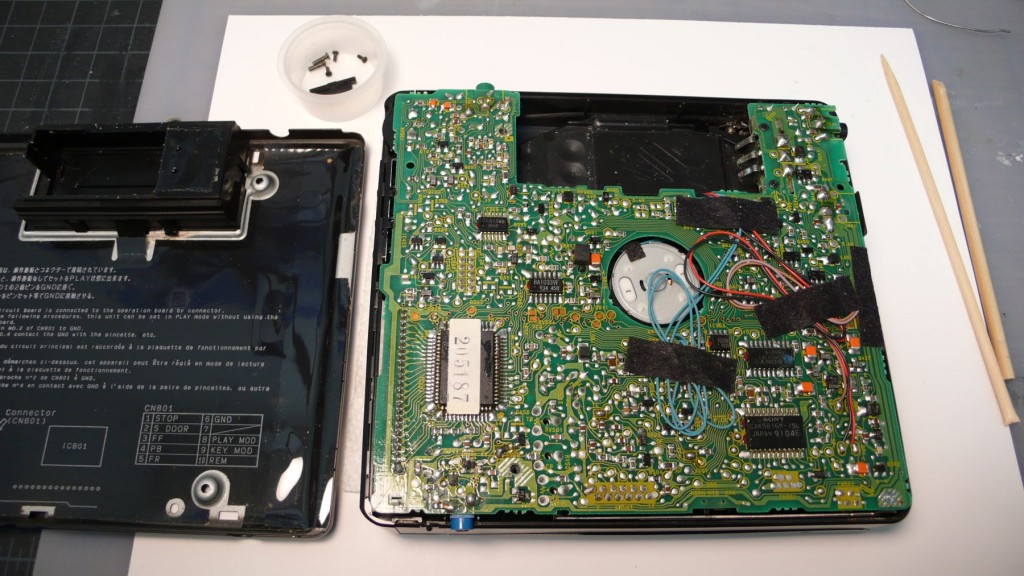
desolder six CD transport wires (spindle and sled motors and Continue reading Sony D-90 →
